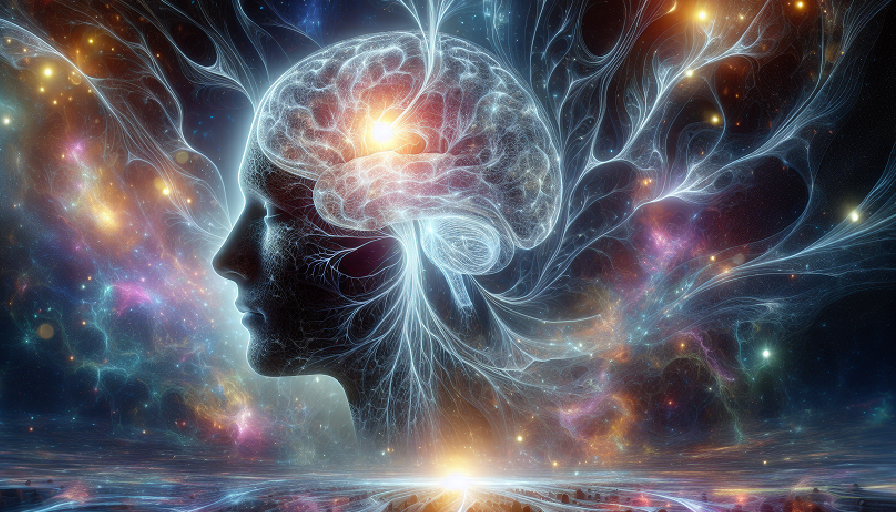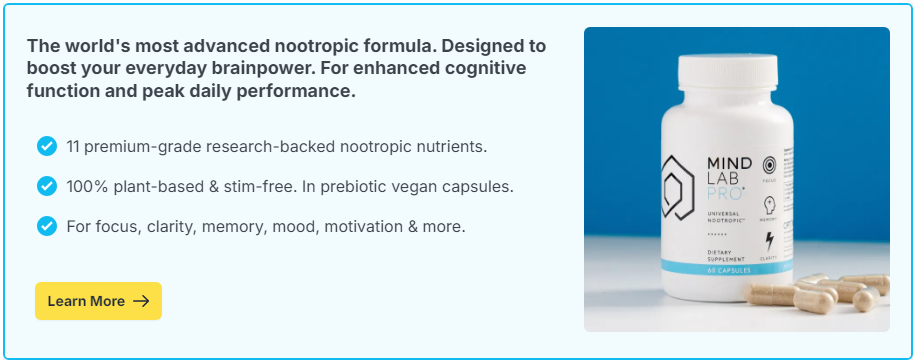
We’ve all heard it before: “She just thinks differently.” It’s how people often describe artists, writers, musicians, or inventors whose ideas seem to come from some place the rest of us can’t quite access. But is this just poetic praise, or is there scientific truth behind it?
As it turns out, creative people really do think differently—and their brains may be wired for it. Creativity isn’t just about talent or inspiration; it involves unique patterns of brain activity, unconventional problem-solving strategies, and an openness to mental meandering that others might avoid.
So, what’s actually going on inside an artistic brain? From enhanced connectivity to increased tolerance for ambiguity, the minds of creative individuals are often in a constant state of exploration. And understanding how creativity works neurologically may not only help us appreciate artists more—it may help all of us tap into more imaginative thinking. For those looking to support or amplify their creativity, certain habits, environments, and even brain-boosting supplements like nootropics can complement this mental landscape.
Contents
The Neuroscience of Creativity
Creativity isn’t located in a single “creative center” of the brain. Instead, it emerges from a complex interplay between different neural networks. In creative thinkers, these networks behave differently—more flexibly, more fluidly, and sometimes more chaotically. Here are the three key players:
1. The Default Mode Network (DMN)
This network is active when the brain is at rest, daydreaming, or wandering. It plays a role in self-reflection, imagination, and internal narrative. Creative people show heightened DMN activity, allowing them to make unique connections between seemingly unrelated concepts.
2. The Executive Control Network (ECN)
This network is responsible for focus, decision-making, and goal management. While the DMN generates ideas, the ECN helps shape and refine them. Creative people often toggle between these networks more effectively, combining spontaneity with discipline.
3. The Salience Network
This network acts as a switchboard, helping determine what information is relevant. In creative individuals, it helps balance attention between internal thoughts and external stimuli, allowing ideas to flow without becoming overwhelming.
What sets creative brains apart is not just that these networks are more active, but that they communicate more frequently and in more novel ways. It’s like having an orchestra where every section plays improvisational jazz—and somehow, it works.
Divergent vs. Convergent Thinking
One of the biggest cognitive differences in creative thinkers is their use of divergent thinking—the ability to generate multiple, original ideas in response to an open-ended question. This is in contrast to convergent thinking, which is about finding the single best solution to a defined problem.
- Divergent Thinking Example: “What are all the possible uses for a paperclip?”
- Convergent Thinking Example: “What’s the capital of France?”
Creative individuals often excel in environments where divergent thinking is encouraged. They don’t just think outside the box—they forget the box exists. This flexibility allows them to see connections others miss and approach problems with curiosity instead of constraint.
Personality Traits That Support Creative Thinking
Beyond brain wiring, personality also plays a major role in creativity. Several key traits are commonly found in highly creative individuals:
- Openness to Experience: A willingness to try new things, consider new ideas, and embrace ambiguity.
- Intuition: Trusting gut feelings and subconscious impressions rather than always relying on logic.
- Sensitivity: Many artists report being deeply affected by sights, sounds, and emotions. This sensitivity fuels rich internal experiences.
- Nonconformity: A comfort with breaking rules, questioning norms, and resisting conventional wisdom.
These traits support a mental environment that is less about order and more about play, experimentation, and discovery. It’s why creative people often gravitate toward less structured routines and more open-ended challenges.
The Link Between Creativity and Mental Health
It’s a stereotype—but one with some truth—that creative individuals often wrestle with mood fluctuations, anxiety, or even depression. While creativity itself doesn’t cause mental illness, the traits that fuel creative thinking—like heightened sensitivity and deep introspection—can sometimes lead to emotional intensity that’s harder to regulate.
Research has shown elevated rates of mood disorders among writers, musicians, and visual artists compared to the general population. However, the same studies also suggest that creative pursuits can serve as powerful coping mechanisms, offering catharsis and self-expression.
The “Tortured Artist” Myth
While the romanticized image of the suffering genius persists, it’s not a prerequisite for creativity. In fact, many highly creative people maintain excellent mental health, especially when they establish supportive routines, community, and habits that nourish their cognitive energy.
For some, maintaining emotional and cognitive balance involves daily rituals, mindful self-care, or supplementation with nootropics that support mood and mental clarity. It’s not about eliminating emotion—it’s about creating stability in which emotion can become expression.
Habits That Nurture Artistic Thinking
Whether you’re an artist or someone who just wants to think more creatively at work or in life, there are ways to support and develop your brain’s natural creativity.
1. Make Room for Boredom
Creativity thrives in boredom. When your mind isn’t occupied, it starts to wander—and wandering leads to insight. Many artists report their best ideas come while showering, driving, or walking.
2. Create Without Expectation
Sometimes the pressure to “make something good” kills creativity before it starts. Set time aside to create just for the sake of it—doodle, write nonsense, hum tunes. The less pressure you place on the outcome, the more ideas flow freely.
3. Feed Your Brain New Input
Novelty stimulates the creative brain. Read books you’d never usually pick up. Watch foreign films. Listen to genres outside your comfort zone. Cross-pollination of ideas from different domains often leads to creative breakthroughs.
4. Support Brain Function Holistically
Nutrition, sleep, and emotional regulation are foundational to creative output. And for some, brain-supporting supplements like omega-3s, L-Tyrosine, or Lion’s Mane mushroom can help improve focus and memory, allowing for deeper immersion into the creative process.
Other nootropics, such as Rhodiola Rosea, have been used to support mental stamina—especially useful during long creative sessions. Creativity isn’t just inspiration—it’s endurance.
What Non-Creative People Can Learn from Artists
You don’t need to be a painter or novelist to benefit from thinking like one. Creativity isn’t reserved for the gifted—it’s a mindset, and one that anyone can cultivate.
- Get comfortable with uncertainty: Not every question has one right answer—and that’s where possibility lives.
- Follow curiosity: Let yourself go down rabbit holes. Ask weird questions. Explore tangents.
- Use metaphor: Artistic thinkers often translate abstract concepts into images or analogies, which enhances understanding and memory.
- Engage the senses: Creativity is sensory. Smell, color, sound, and texture all fuel imagination. Don’t underestimate the power of aesthetics in problem-solving.
The Creative Brain as a Playground
Creative people really do think differently—but that difference is something to celebrate, not pathologize. Their minds are more fluid, their thoughts less tethered, their tolerance for ambiguity higher. They wander, but they also arrive somewhere unexpected, bringing back ideas the rest of us might never find on our own.
Whether you were born with an artistic mind or are trying to cultivate one, remember that creativity is less about talent and more about permission—the permission to think differently, feel deeply, and make meaning in your own unique way. And if you’re looking to support that journey with habits, structure, or tools like nootropics, consider it one more brushstroke in the evolving portrait of your own creative mind.

